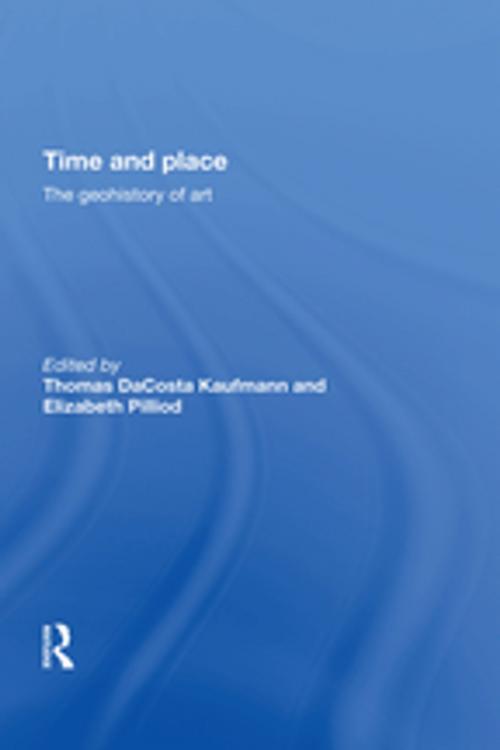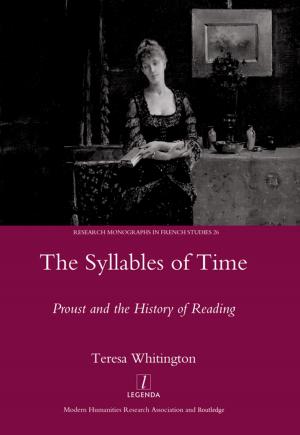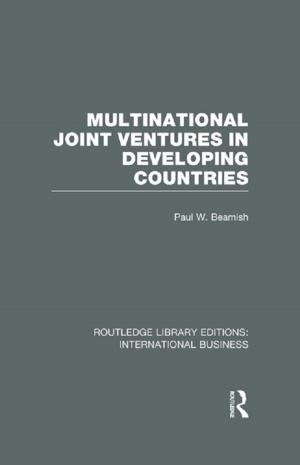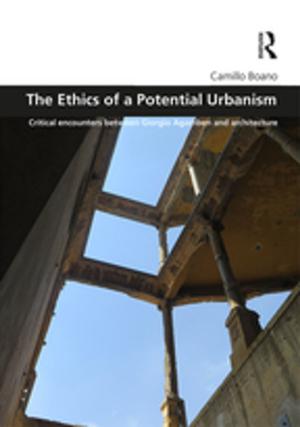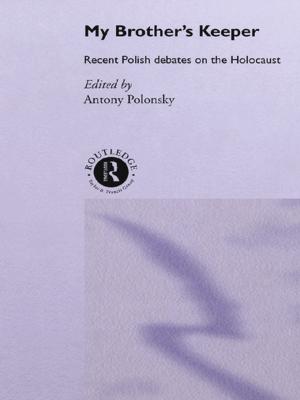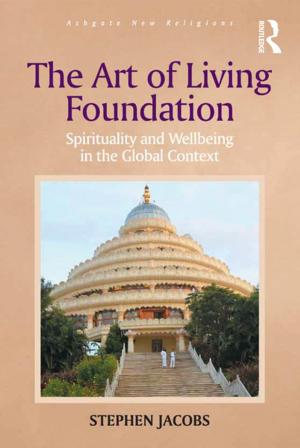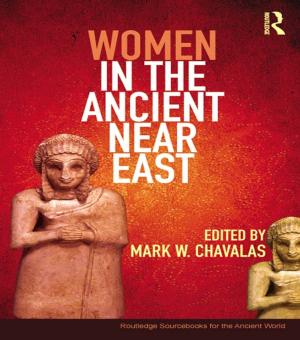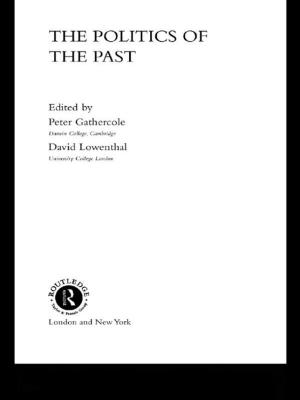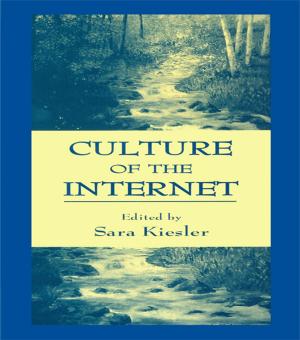| Author: | ISBN: | 9781351144582 | |
| Publisher: | Taylor and Francis | Publication: | November 22, 2017 |
| Imprint: | Routledge | Language: | English |
| Author: | |
| ISBN: | 9781351144582 |
| Publisher: | Taylor and Francis |
| Publication: | November 22, 2017 |
| Imprint: | Routledge |
| Language: | English |
Authors from Herodotus in antiquity to Vasari in the Renaissance related art and architecture to peoples, nations, regions, cities, and environments. Already with Winckelmann and the origins of discussion of art history in the eighteenth century geography was seen as a powerful determinant of art. In the nineteenth century, the perceived connection between nations or races and art flourished, mainly because of the rise of nationalism. Around 1900 the method of geographical analysis received a modern name, 'Kunstgeographie'. But the ideology of 'Blut and Boden' associated with Nazism and related ideologies brought the geography of art into disrepute. This book proposes to return anew to the approach of artistic geography, which had been largely neglected from the Second World War until recently, and to reevaluate the possibilities it provides through a selection of case studies that discuss the connection between art and its place. The introduction and first essay deal with the historiography of the geography of art. Five essays take up specific questions ranging from France and the Low Countries to Mexico and China. The final three essays consider contemporary and broader theoretical issues concerning art in time and place.
Authors from Herodotus in antiquity to Vasari in the Renaissance related art and architecture to peoples, nations, regions, cities, and environments. Already with Winckelmann and the origins of discussion of art history in the eighteenth century geography was seen as a powerful determinant of art. In the nineteenth century, the perceived connection between nations or races and art flourished, mainly because of the rise of nationalism. Around 1900 the method of geographical analysis received a modern name, 'Kunstgeographie'. But the ideology of 'Blut and Boden' associated with Nazism and related ideologies brought the geography of art into disrepute. This book proposes to return anew to the approach of artistic geography, which had been largely neglected from the Second World War until recently, and to reevaluate the possibilities it provides through a selection of case studies that discuss the connection between art and its place. The introduction and first essay deal with the historiography of the geography of art. Five essays take up specific questions ranging from France and the Low Countries to Mexico and China. The final three essays consider contemporary and broader theoretical issues concerning art in time and place.
